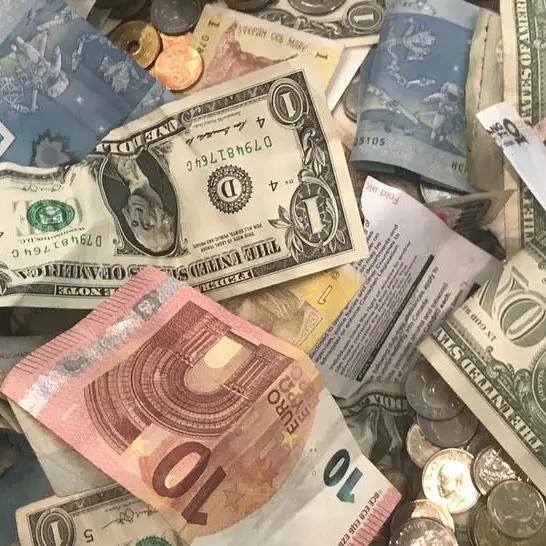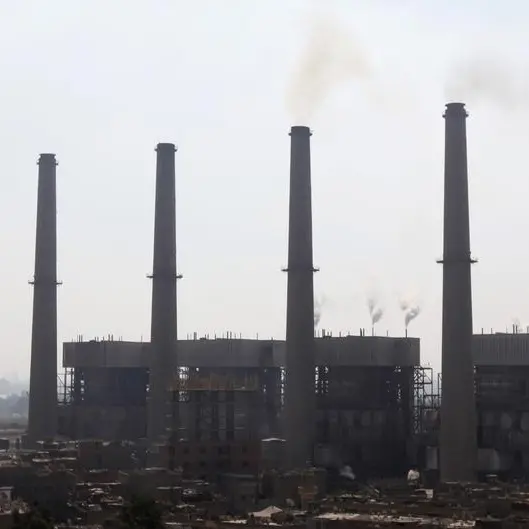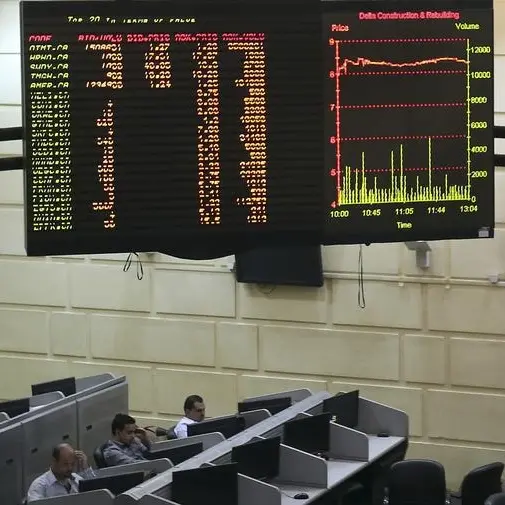Few will ever forget last month’s plummet in the May oil futures contract that sent prices into negative territory, and the chaos that ensued for contracts and prices derived from that infamous contract. Platforms that weren’t designed to handle negative prices were left in the dark, and that meant some spot prices which were derived from May’s pricing ended the day at $0, and started the next day with June’s pricing which was above $20 at the time. IG’s trading platform derives its spot contract from a forward curve of the front and back months, so towards expiry its price was derived more so from the June contract and managed to avoid the below-zero pricing.
But to realize the likelihood of it not occurring again, one has to note the factors that led to it in the first place. The coronavirus storm put a big dent in demand for the energy commodity, with the plummet in transportation and production as more countries went into lockdown taking its toll on oil prices. To top that, although the oil price war had ended between OPEC+ countries with a truce and a record output cut agreement over a week before the crash, it was far less than the drop in demand and wouldn’t take effect until May 1st, ten days after expiry.
That meant that maximum production was still flowing at a time when demand was still dwindling. And while it may explain lower oil prices, it certainly doesn’t justify negative ones, even if financial oil prices were selling (pre-crash) at a premium to physical oil prices, in contrast to say gold where physical was selling at a premium to financial.
Speculators were (and still are) holding an extreme long bias in oil anticipating prices would rise back up, and those holding buy positions in the May contract would have to ‘rollover’ into the June contract by closing their long May position, and buying a new June position to carry on that buy bias until oil prices recovered. Failure to close out the May position would force them into taking physical delivery of that oil, which they are contractually obligated to buy.
That rollover process occurs before the expiration of the contract, and with so many speculative buyers piling in by early April anticipating that oil prices would eventually recover, few expected the Monday mayhem in the May contract as buyers stampeded to exit their contracts to avoid physical delivery. ETFs (Exchange-traded funds) that track oil prices have already begun to shift their weightings across later dated contracts, and many traders and funds will consider rolling over well in advance of settlement.
And it’s addressing that rollover risk that reduces the likelihood of negative oil prices experiencing another occurrence, for it would require (1) a large amount of speculative buyers who don’t want to take delivery of oil (2) holding a significant amount of buy positions near expiry, (3) a clear oversupply of oil with a lack of storage space, and (4) a big drop in demand for the energy commodity.
While coronavirus cases could still surge as lockdown restrictions ease, it’s unlikely the global economy and government budget deficits will be able to handle putting countries back into full lockdown and restricting transportation. A less restricted lockdown could easily become the new theme for many countries, which would test demand for oil but not hurt it as heavily as witnessed last month.
Furthermore, on the supply side, oil producers are already suffering heavy losses with oil prices below cost of production for some, and for oil-producing countries well below the amount required to balance budgets already in the red thanks to increased fiscal policy to deal with the fallout from the coronavirus. Oil producers that hedged (even a part of) this year’s production last year at favorable prices don’t have the same luxury of doing so this year should prices fail to recover by the time those put options are purchased to protect against downside movement in price, else face hedging with a guaranteed loss. Higher cost rigs are already being idled, with Baker Hughes latest figure for US active rig counts recording its eighth consecutive week of decline.
Another oil price war can’t be ruled out, but the conditions in the financial markets would have to be met where buyers would be forced into taking a negative price to avoid physical delivery. And they’ll certainly be more cautious purchasing at the lows knowing that the downside risk could be grater than zero. One of the key drawbacks of holding a sell (or short) position in the financial markets was that the risks were unlimited given there’s no limit to how high prices can go, and that the maximum risk a buyer would take was the value of the asset given it (theoretically) couldn’t go below zero. Even if oil prices never go below zero again, it will still be factored into trading risks from here on out.
* Any opinions expressed in this article are the author’s own
Disclaimer: This article is provided for informational purposes only. The content does not provide tax, legal or investment advice or opinion regarding the suitability, value or profitability of any particular security, portfolio or investment strategy. Read our full disclaimer policy here.
© Opinion 2020












